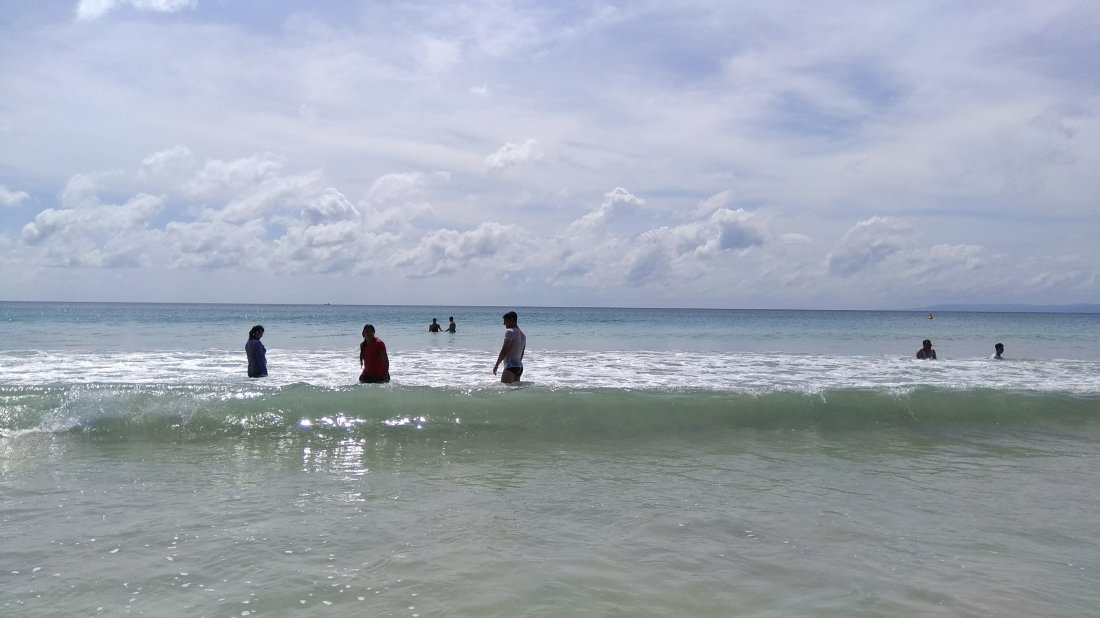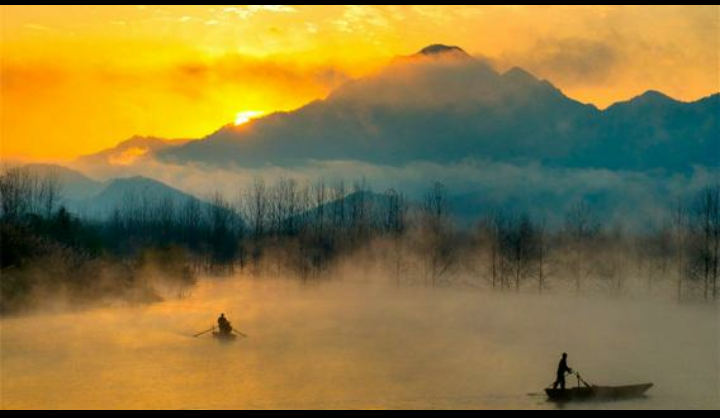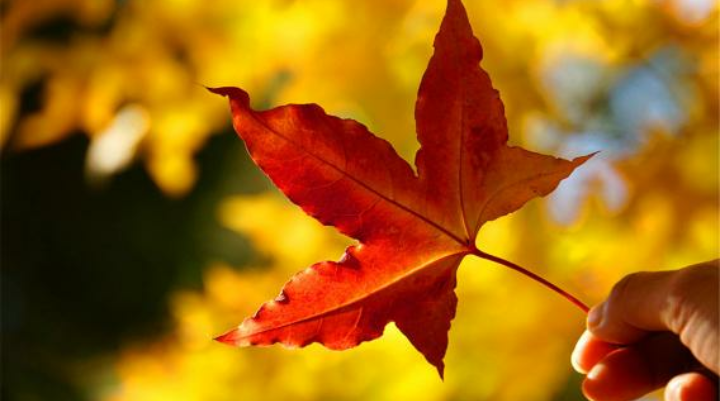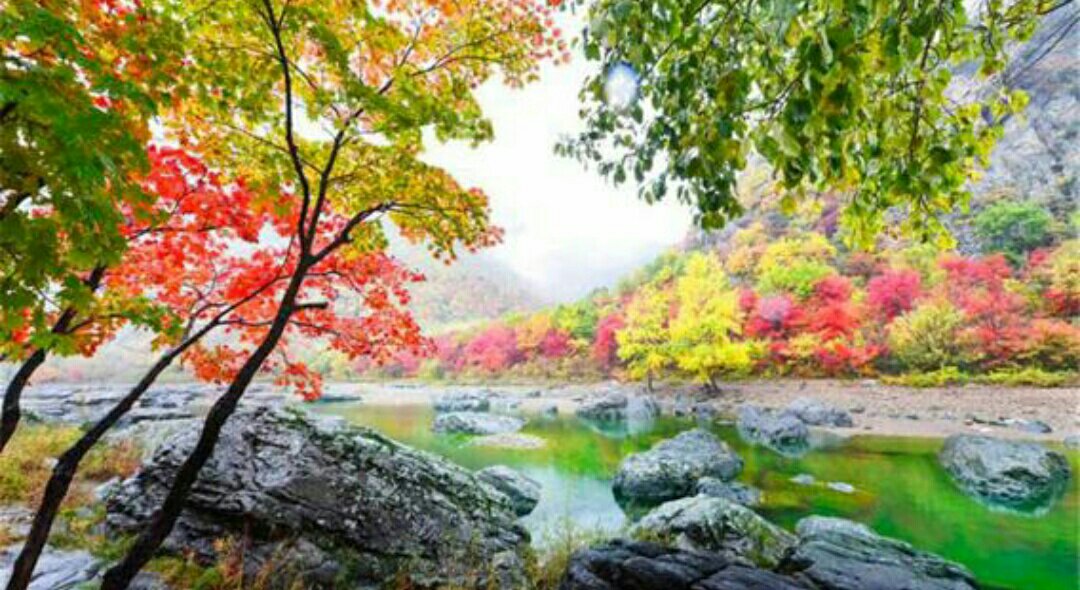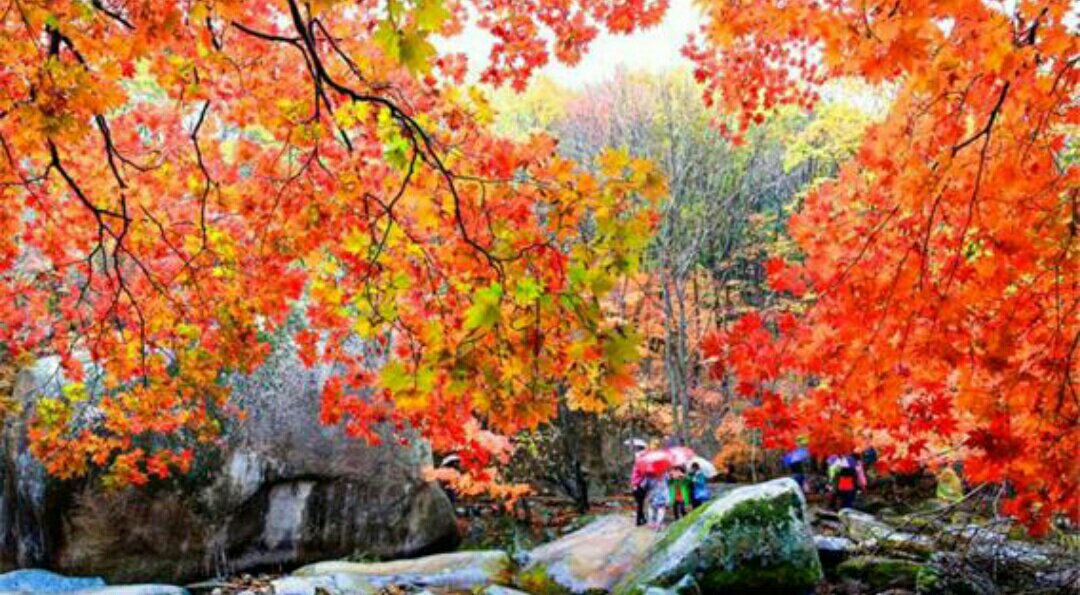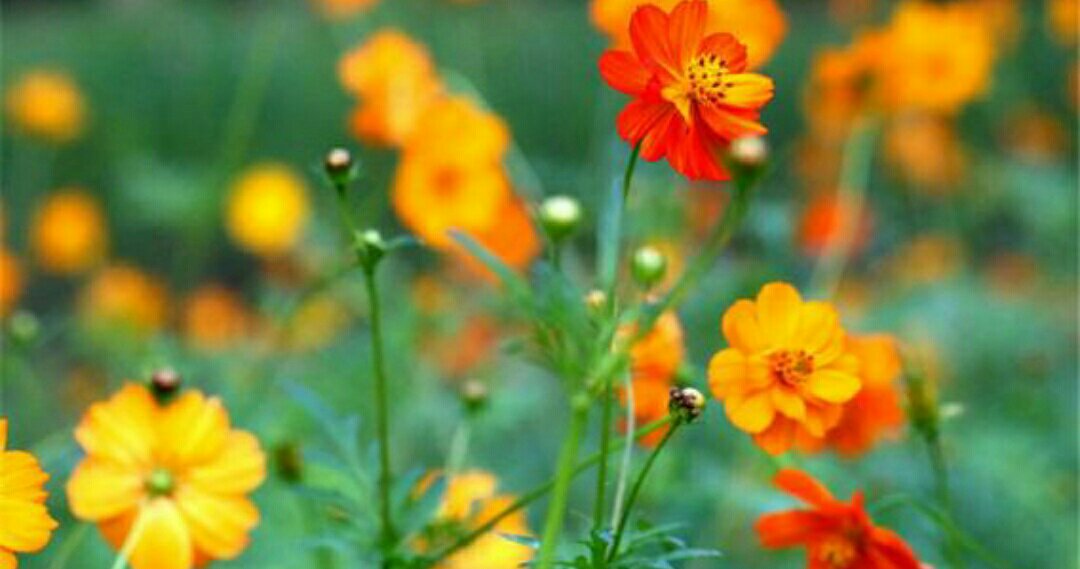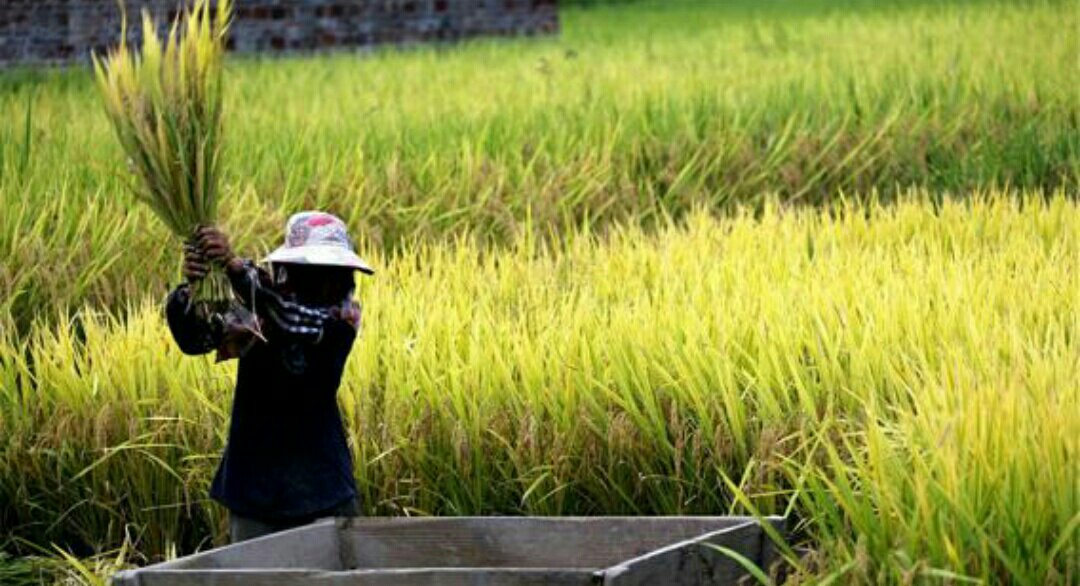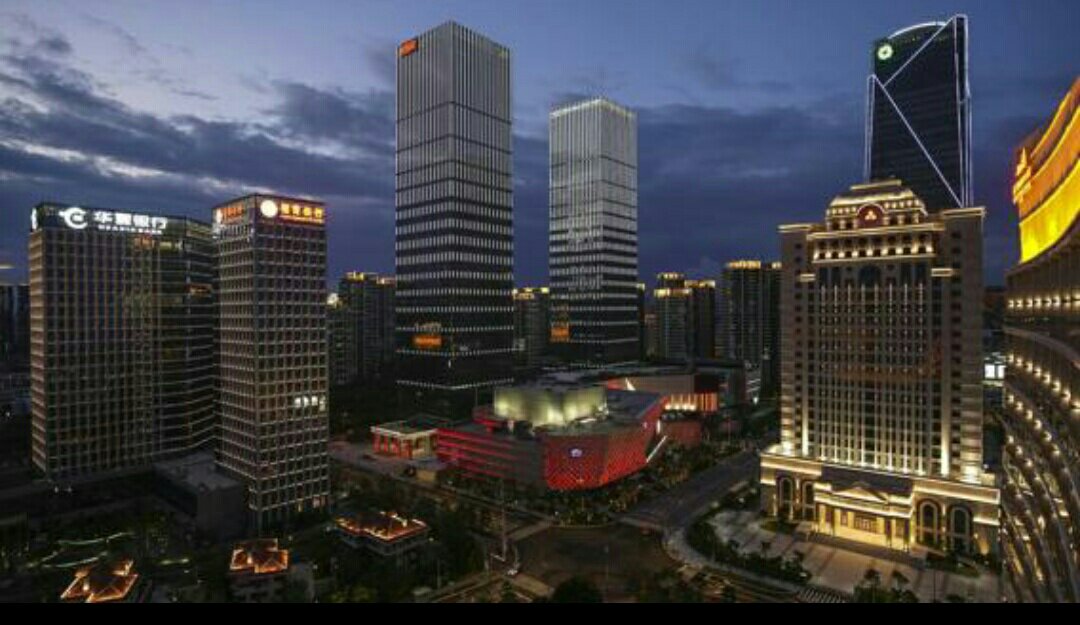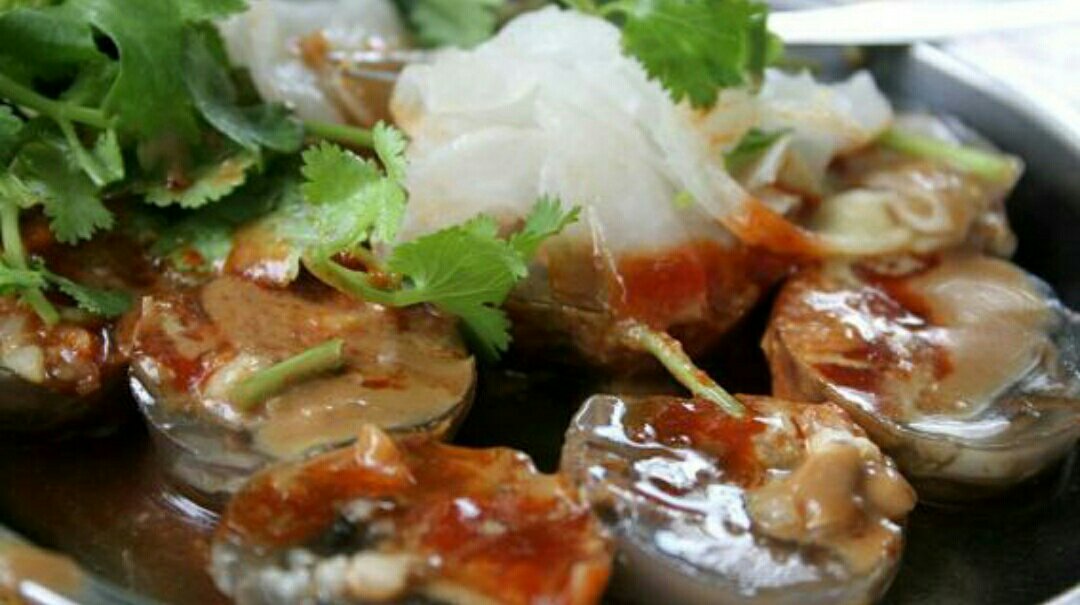Taihu Lake is located in the boundary of Jiangsu and Zhejiang provinces. Most of Taihu Lake Scenic Areas is located in south of Jiangsu Province, in the crossing Suzhou, Wuxi and Changzhou cities.
The scenic areas available for tourists are mainly concentrated in the Western Hills Scenic Area and the Eastern Hills Scenic Area in Suzhou, and Tortoise Head Garden in Wuxi. Taihu Lake is the largest lake in the area of eastern coast line of China, as well as the second biggest fresh water lake. Taihu Lake area now has developed into the famous scenic spot in China.
Taihu Lake is well-known for its beautiful scenery, which is represented by Tortoise Head Garden in Wuxi.
Taihu Lake is one of the first batches of 12 State-level tourism & resort districts approved by State Department, as well as one of the first batches of the demonstration district of tourism industry of WTO level. Some 90 islets, large or small, plus the presence of many fleets of fishing junk boats add to its landscape, making it a remarkable spectacle.
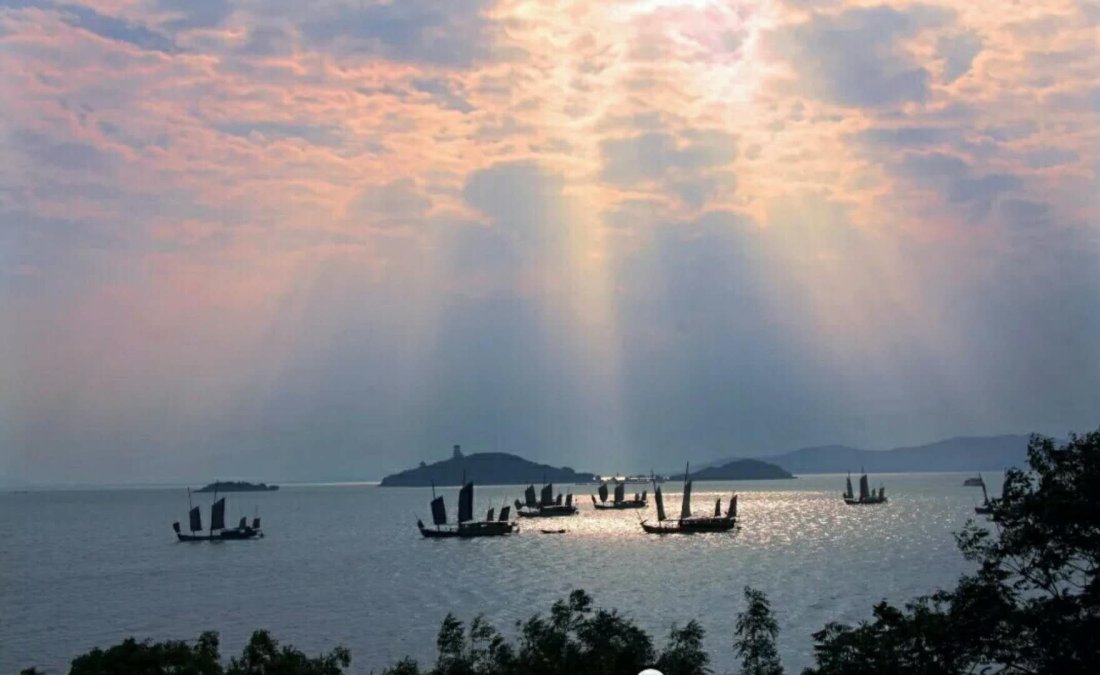
T


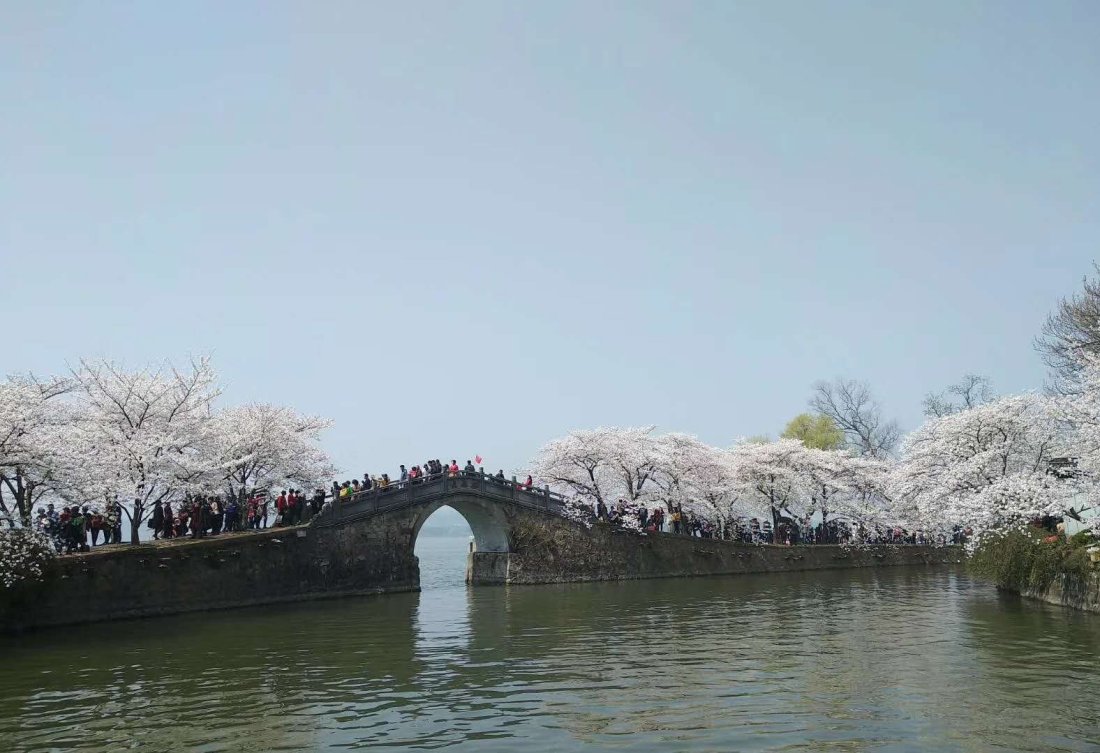



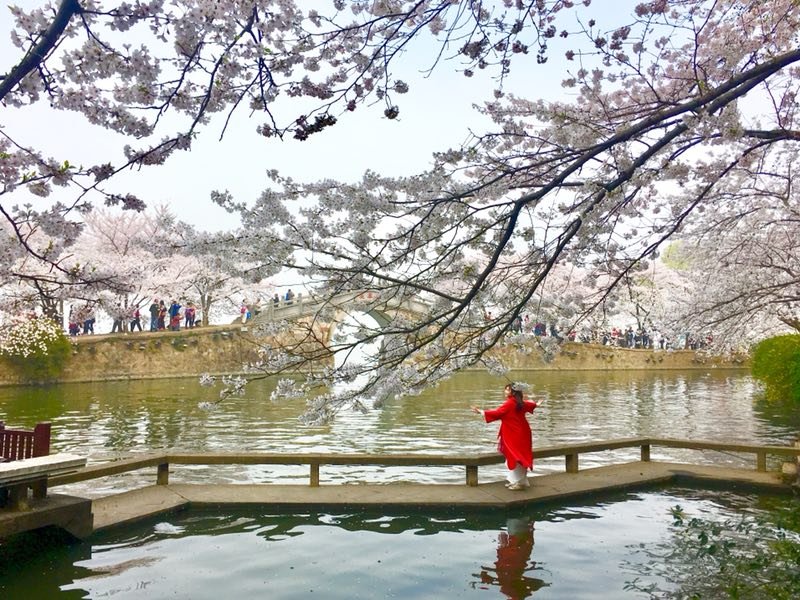

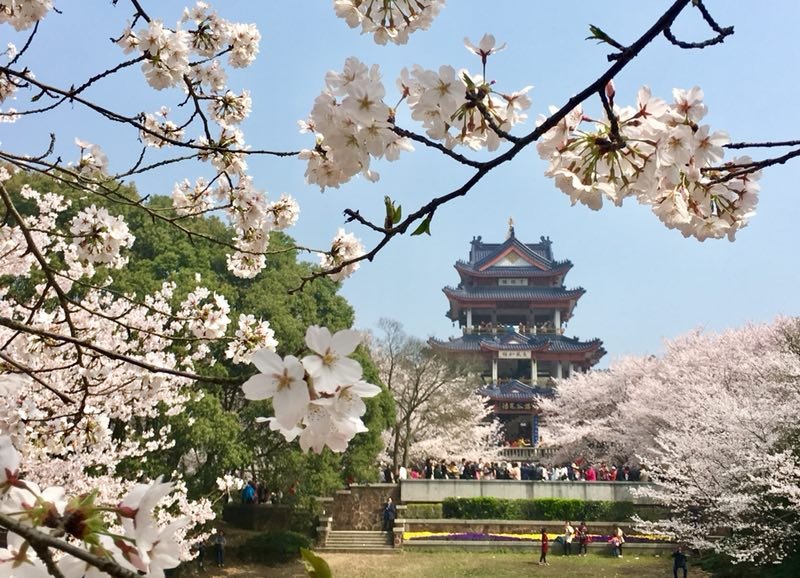





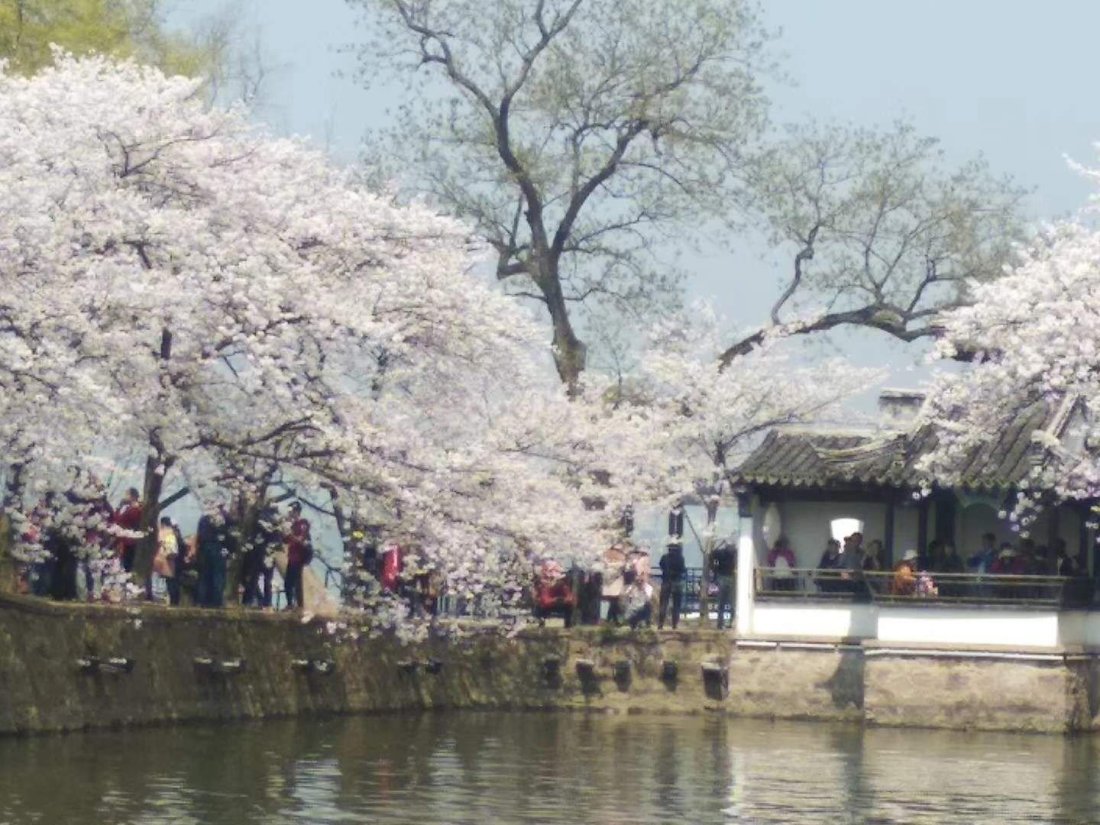




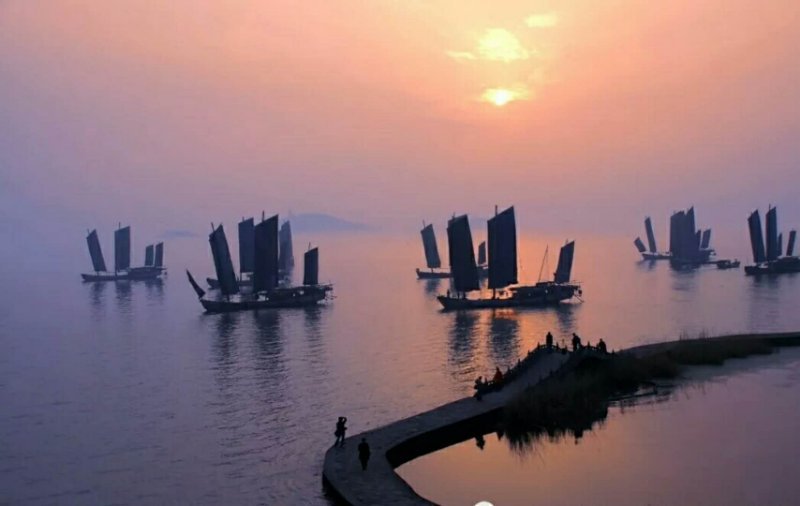
he lake has its credit a thriving fishing industry as well as its ornamental limestone rocks that are native to no other place. These are much favored as accessories used in decorating traditional Chinese gardens in China.
Out of all the other islets, Turtle Head Islet is the place which is the most worth visiting.



